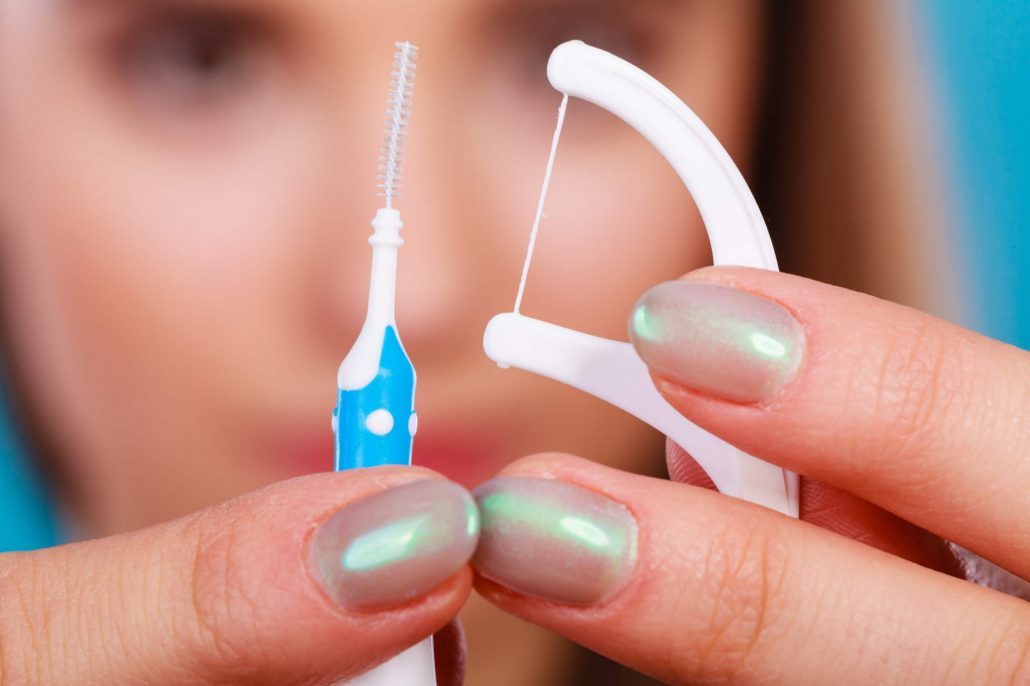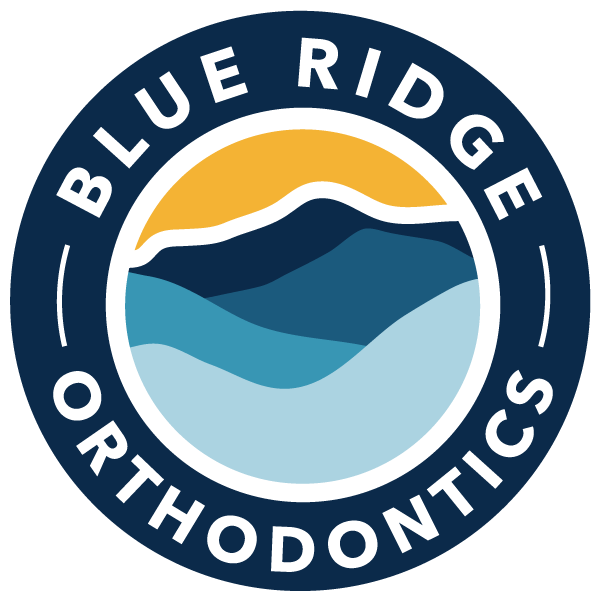How To Floss With Braces – The Right Way
Flossing can be a difficult task to remember and perform daily and that task is made even harder when attempting to floss with traditional braces in the way. However, flossing is a vital part of good oral hygiene and is especially important when you have braces.
The brackets and wires used to form traditional braces supply excellent hiding places for bacteria to grow, while making flossing much more challenging. But don’t despair! Through the use of proper flossing techniques discussed in this article, you’ll be a master of flossing with braces in no time and be on your way to a healthier, happier smile.

Why Is Flossing Important – Especially When You Have Braces
Most of us have been told by our dentist that we need to floss more, but why exactly is flossing such a big deal? The food and drink that we consume on a daily basis introduce acids and bacteria into our mouths. Brushing twice a day can be very helpful in getting rid of this bacteria and maintaining your oral hygiene, but some areas of the mouth require a little more attention.
This is where flossing comes in handy. Certain areas of the mouth, such as between your teeth, provide an area for bacteria to hide. These areas can be difficult to clean simply by brushing your teeth. However, using wax-covered floss to clean in between your teeth helps to clean these hard to reach places.
When you add braces into the mix, this creates even more surface area for bacteria to take hold, making flossing even more important. Failing to keep up with a good, daily floss routine with braces can have a negative impact on your oral health, leading to issues, such as:
- Stained or yellow teeth
- Gum disease
- Tooth decay
- Odorous breath
Step By Step Instructions For Flossing With Braces
The reason flossing with braces is so difficult is due to the wire running through each brace, connecting them, known as the archwire. This wire prevents you from flossing your teeth the traditional way as it does not all the floss to come all the way up between your teeth. Fortunately, there is a method to get around this snag.
When flossing with braces begin by threading the floss through each gap behind the wire of your braces, making sure not to pull on the wire with the floss. Once you have gotten the floss through, proceed to run the floss gently between your teeth. Repeat this process until you have flossed between all your teeth.
Be sure to use wax-covered thread for floss. Non-wax floss has a tendency to become caught in braces and can leave behind pieces of floss. Another useful tool for flossing with braces is an orthodontic floss threader. The stiff point on this needle like device allows you to thread floss behind your brace wires with ease.
Remember that flossing is very important to the health of your teeth, especially with braces. Brushing twice a day can do wonders for your oral hygiene, but making sure you floss at least once a day should absolutely be part of your routine.
Recommended Types of Floss
As a consumer, you have several different options when it comes to choosing the right type of floss for the job. Traditional dental floss can typically be purchased in a multi-strand (multifilament) or single-strand (monofilament) form. You also have the option of getting either wax-coated or non-wax floss (we recommend floss covered).
When considering what floss is best to use with braces, you’ll want to favor a wax-coated, monofilament floss. This type of floss can be maneuvered between your brace with relative ease and with a lower chance of catching in the brackets and wires.
Another option to consider is an electric water flosser, also known as oral irrigators. This can be a great alternative for anyone finding it too difficult to floss with traditional dental floss. An electric water flosser is a device that propels a high pressure spout of water used to clean between your teeth.
Some people believe an electric water flosser may not be as effective as using dental floss. However, using an oral irrigator is still more beneficial than not flossing at all. If traditional flossing with braces is just too cumbersome for you, an electric water flosser may just be the right tool for you.
How Parents Can Help Children With Braces Floss
Remembering to floss daily can be tough, but it is even harder on parents trying to get their kids to floss. Add braces to that equation and you have the recipe for a parenting nightmare! Fortunately, we have some tips to help you keep your kid’s teeth clean and healthy.
When dealing with younger children, you may have to floss their teeth for them. Many parents find this task easier to achieve when a distraction, such as a favorite tv show, is employed. This will hold your child’s attention, keeping their head still while you help them floss. If you are helping your child floss, be sure to do this in a well-lit area.
Older children and teenagers with braces will most likely prefer to floss on their own. This can make ensuring your child is flossing properly a little more difficult. Be sure to go over all the proper techniques with them, so they feel comfortable flossing on their own. We recommend supervising this process early on to make sure your child isn’t cutting any corners!
Blue Ridge Orthodontics
The bottom line is that flossing is a key ingredient to maintaining good oral hygiene, especially if you have braces. Although flossing with braces can be a daunting task, it’s really not that bad. With a little patience and commitment, you can easily make flossing a part of your daily routine and help ensure a beautiful, long lasting smile.



